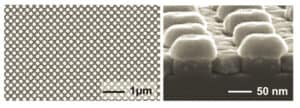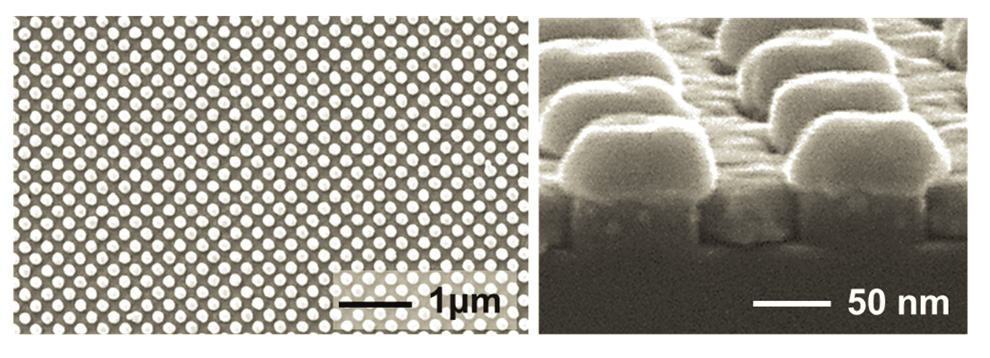
Near-term nanotechnology will not only enrich medicine with new cures, but will contribute to greatly improving existing procedures. For example, a new nanomaterial has improved the sensitivity of a common medical test three million times. A hat tip to ScienceDaily for reprinting this Princeton University news release posted by Steven Schultz “Nanotechnology breakthrough could dramatically improve medical tests“:
A laboratory test used to detect disease and perform biological research could be made more than 3 million times more sensitive, according to researchers who combined standard biological tools with a breakthrough in nanotechnology.
The increased performance could greatly improve the early detection of cancer, Alzheimer’s disease and other disorders by allowing doctors to detect far lower concentrations of telltale markers than was previously practical.
The breakthrough involves a common biological test called an immunoassay, which mimics the action of the immune system to detect the presence of biomarkers – the chemicals associated with diseases. When biomarkers are present in samples, such as those taken from humans, the immunoassay test produces a fluorescent glow (light) that can be measured in a laboratory. The greater the glow, the more of the biomarker is present. However, if the amount of biomarker is too small, the fluorescent light is too faint to be detected, setting the limit of detection. A major goal in immunoassay research is to improve the detection limit.
The Princeton researchers tackled this limitation by using nanotechnology to greatly amplify the faint fluorescence from a sample. By fashioning glass and gold structures so small they could only be seen with a powerful electron microscope, the scientists were able to drastically increase the fluorescence signal compared to conventional immunoassays, leading to a 3-million-fold improvement in the limit of detection. That is, the enhanced immunoassay would require 3 million times fewer biomarkers to be present compared to a conventional immunoassay. (In technical terms, the researchers measured an improvement in the detection limit from 0.9 nanomolars to 300 attomolars.)
“This advance opens many new and exciting opportunities for immunoassays and other detectors, as well as in disease early detection and treatment,” said Stephen Chou, the Joseph C. Elgin Professor of Engineering, who led the research team. “Furthermore, the new assay is very easy to use, since for the person conducting the test, there will be no difference from the old one—they do the procedure in exactly the same way.” …
The research was published in Analytical Chemistry [abstract]. Such a large quantitative improvement in sensitivity could result in qualitative improvements in medical care, for example by enabling earlier detection of diseases like cancer and Alzheimer’s disease.
—James Lewis, PhD
